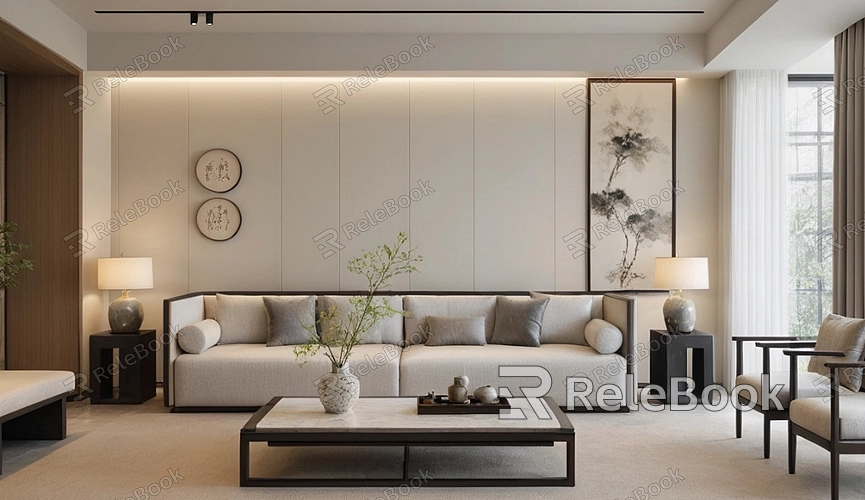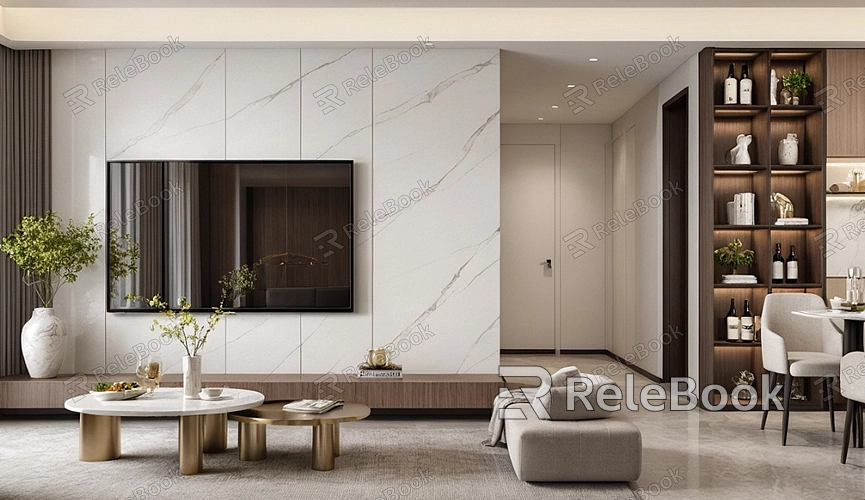How to Copy and Paste Elements from Different SketchUp Models?
In fields like architectural design, interior decorating, and landscape design, SketchUp is a powerful 3D modeling tool that is widely favored by professionals and enthusiasts alike. Its intuitive interface and rich features allow users to easily create impressive 3D models. However, in practice, we often need to copy and paste elements between different SketchUp models to enhance efficiency and maintain design consistency. This article will detail how to perform this operation in SketchUp, helping you complete your design tasks more effectively.

Understanding the Copy and Paste Functions in SketchUp
Before we begin, it’s essential to understand the basic concepts of copying and pasting in SketchUp. The copy function allows users to copy selected objects or elements to the clipboard, while the paste function inserts the contents of the clipboard into the current model. These functions enable users to transfer design elements conveniently, saving time and maintaining design consistency.
Opening the SketchUp Model to Be Edited
First, ensure that you have opened the first model from which you want to copy elements. This can be any project you’ve created in SketchUp, such as the exterior of a building, an interior layout, or a landscape design. Once the model is open, navigate to the elements you wish to copy and use the select tool (usually represented by an arrow icon) to highlight them.

Copying Selected Elements
After selecting the elements you want to copy, there are two ways to proceed. The first method involves using the keyboard shortcut by pressing Ctrl+C (or Command+C on a Mac), which will copy the selected elements to the clipboard. The second method is to use the menu bar, click on “Edit,” and then choose “Copy.” Regardless of the method you choose, the copied elements will be stored in the clipboard, ready to be pasted into another model.
Opening the Target SketchUp Model
Next, open the target model where you want to paste the copied elements. Make sure to locate the area where you want to place these elements. You can use the zoom and pan tools to adjust your view and find the appropriate placement.
Pasting the Elements
In the target model, you can paste the previously copied elements by using the keyboard shortcut Ctrl+V (or Command+V on a Mac). Alternatively, you can choose “Paste” from the “Edit” menu in the menu bar. Once pasted, the elements will appear at the center of the view and will likely need to be repositioned to fit properly.
Adjusting the Pasted Elements
Once the elements are pasted, you may need to make some adjustments to ensure they blend well into the target model. This may include using the move, rotate, and scale tools to change the size, orientation, or position of the elements. Additionally, check their alignment with surrounding elements to ensure consistency in the overall design.
Saving Your Work
After completing the copy-and-paste operations, remember to save your work. Click on the “File” menu, then select “Save” or “Save As” to ensure all modifications and newly added elements are preserved, preventing any loss.
Troubleshooting Common Issues
While using the copy-and-paste functions, you may encounter some issues. For instance, pasted elements might not match the original model's scale, or textures might be missing. To address these issues, you can try readjusting the scale of the elements or manually reapplying textures. Also, ensure that both the source and target models have the same unit settings to avoid layout inconsistencies.
Utilizing Components for Increased Efficiency
SketchUp also offers a component feature that helps you manage and reuse elements more effectively. If you frequently need to use the same elements across multiple models, you can create them as components. This way, any modifications made to the component will automatically update in all models referencing it. To create a component, simply select the elements, right-click, and choose “Make Component.” After entering a name and description, you can easily call upon the component in other models.
Expanding Design Resources with External Libraries
In your design process, using models and textures from external libraries can significantly enrich your content. Many websites offer free or paid SketchUp models and textures for download, allowing you to incorporate these resources into your designs, enhancing both visual appeal and professionalism.
In summary, we have explored how to copy and paste elements between different SketchUp models. This operation not only enhances efficiency but also helps maintain design consistency. With these techniques in hand, you will be able to use SketchUp more flexibly for your design work. Finally, don’t forget to visit the Relebook website to download a variety of 3D models and textures to add even more creativity and inspiration to your projects.
FAQ
What types of elements can be copied and pasted in SketchUp?
Almost all types of elements can be copied and pasted into SketchUp, including lines, faces, 3D shapes, components, and textures.
Why is the size of the pasted element incorrect?
This may be due to differing unit settings between the source and target models. Ensure both models are using the same unit settings to avoid scaling issues.
How do I handle missing materials after pasting?
If materials are missing after pasting, you can manually reapply materials to the elements in the target model or check the material settings in the source model.
Can I directly drag elements into another SketchUp model?
No, SketchUp does not support dragging elements directly into another model. You need to use the copy-and-paste method.
What are the benefits of using components?
Components increase design efficiency, as any changes made will update automatically, reducing repetitive work and maintaining design consistency.

